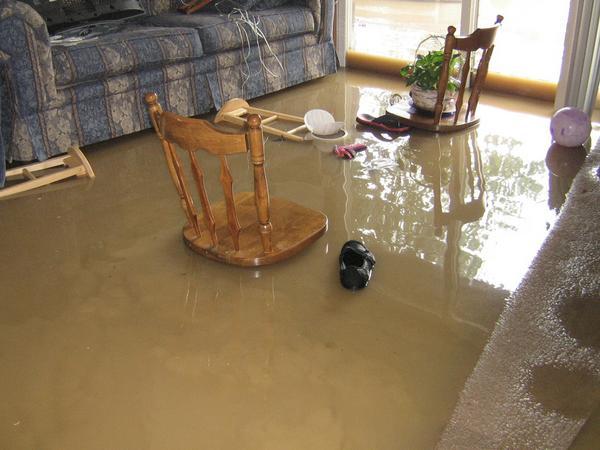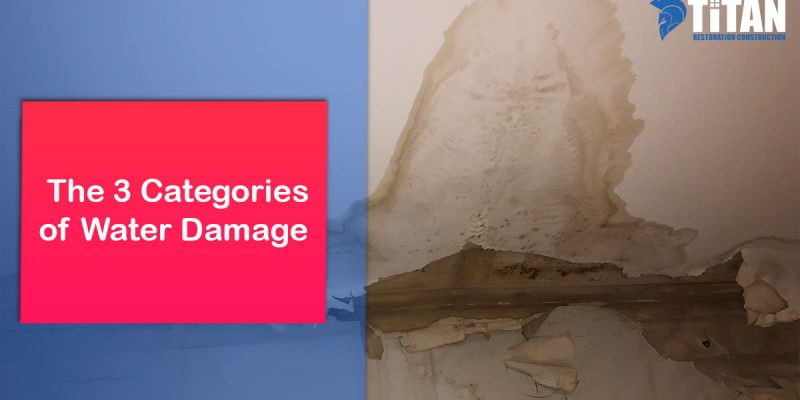Experienced Water Mitigation Company Offering Comprehensive Water Damage Solutions
Wiki Article
The Process of Water Damage Cleanup: Ensuring Your Home Is Recovered Efficiently
Water damages can be a complicated challenge for house owners, necessitating a structured and precise cleaning process to recover safety and functionality. Originally, a comprehensive analysis is crucial to recognize the extent of the damage and establish the proper removal measures. Following this, reliable water removal strategies play a pivotal function in mitigating more damage. The subtleties of drying, sanitizing, and ultimate repair are similarly vital and typically neglected. Understanding these phases can make a substantial difference in the end result of your home's restoration, prompting a closer appearance at what each action involves.Examining the Damage
Upon uncovering water damage, the initial step is to extensively analyze the level of the influence. This first examination is vital, as it aids figure out the essential actions for reliable cleaning and repair. Begin by checking the affected areas, consisting of walls, ceilings, floorings, and personal items, to determine the resource of the water invasion, whether from flooding, leakages, or condensation.Documenting the damages is vital for both insurance coverage cases and preparing reconstruction initiatives - damage restoration services. Usage photos and written notes to record the severity of the damages, keeping in mind any type of damaged structural aspects and products. Pay unique attention to areas that might not be quickly visible, such as behind wall surfaces and under carpetings, as hidden moisture can cause more issues, consisting of mold development
Furthermore, examine the timeline of the water direct exposure. Eventually, a detailed evaluation lays the groundwork for a successful water damage cleanup process, ensuring that all affected areas are addressed efficiently and thoroughly.
Water Extraction Techniques

Professionals typically use completely submersible pumps for larger quantities of water, which can swiftly relieve flooding in basements or various other impacted locations. For smaller sized amounts, wet/dry vacuum cleaners are often made use of to draw out recurring wetness from carpets and difficult surfaces. Furthermore, using mobile extractors enables targeted elimination in restricted rooms or areas with fragile materials.
In circumstances of polluted water, such as sewer or floodwater, advanced removal techniques might involve the use of biohazard tools to make sure safety and conformity with health laws. High-powered extraction tools are critical in reducing water retention in architectural materials, which can lead to mold and mildew development and structural degeneration if not dealt with promptly.
Eventually, the effectiveness of water extraction strategies plays a pivotal function in the total success of the water damage clean-up procedure, laying the groundwork for subsequent reconstruction initiatives.
Drying and Dehumidification
Once standing water has been successfully extracted, the next important stage in the water damage clean-up procedure is drying out and dehumidification. This action is vital to protect against further damage and mold growth, which can happen within 24 to 2 days in damp atmospheres.To attain effective drying out, customized devices such as industrial-grade air moving companies and dehumidifiers is utilized. Air moving companies flow air throughout damp surfaces, improving dissipation prices, while dehumidifiers reduce moisture degrees airborne, advertising a favorable atmosphere for drying out. The combination of these tools makes certain that dampness is extracted from wall surfaces, floorings, and home furnishings, permitting them to completely dry completely.
It is necessary to keep an eye on the drying process closely. Professionals frequently use moisture meters to analyze the dampness web content in different materials, guaranteeing that all affected areas reach acceptable dryness levels. This thorough strategy aids to avoid hidden dampness pockets that could lead to structural damages or harmful mold and mildew growth.

Cleaning and Sterilizing
After the drying and dehumidification stage is total, the following crucial action in water damages clean-up is cleaning and sterilizing the impacted areas. This procedure is crucial to stop the growth of mold and mildew, bacteria, and other virus that flourish in wet atmospheres.The cleansing phase commonly entails eliminating any kind of debris, dust, and impurities from surfaces utilizing specialized cleansing agents. For difficult surface areas, a combination of soap and water or industrial cleansing products is typically used. Soft materials, such as furniture and carpetings, may call for more substantial cleaning techniques, consisting of steam cleansing or deep extraction methods, to ensure detailed sanitation.

Sanitizing complies with cleaning, using EPA-approved anti-bacterials to remove harmful microorganisms. This step is necessary, specifically in locations that may have come into contact with floodwaters or sewage, as these sources can position severe health and wellness dangers.
In addition, it is very important to resolve any kind of continuing to be odors, which may require the use of odor neutralizers or sophisticated strategies like ozone therapy. Correct cleaning and sterilizing not only bring back the security and health of your home yet additionally prepared for successful restoration and repair work in subsequent stages of water damage repair services the water damages cleaning process.
Reconstruction and Repairs

When the assessment is full, remediation initiatives can begin. This commonly includes repairing or changing damaged products, ensuring that all job abides by regional building ordinance and standards. If drywall has been jeopardized, it will need to be removed and replaced with brand-new material. In addition, flooring might need comparable attention, relying on the level of water direct exposure.
It is crucial to involve experienced remediation specialists during this process, as they possess the knowledge to take care of complicated fixings effectively. Moreover, they can aid alleviate potential future problems, such as mold and mildew growth or architectural instability, hence making certain a safe and habitable living environment. Inevitably, effective restoration and repairs restore the home's integrity and enhance its general value.
Verdict
Finally, the procedure of water damages clean-up is essential for recovering a home to its pre-damage problem. Each phase, from evaluating the damage to executing effective water extraction strategies, adhered to by detailed drying out, disinfecting, and necessary repairs, plays a necessary duty in making certain security and conformity with structure standards. Effective implementation of these steps not only minimizes instant damage yet additionally improves the long-lasting integrity and worth of the residential or commercial property.Water damage can be a challenging challenge for house owners, necessitating a thorough and structured cleanup procedure to restore security and functionality. Eventually, a comprehensive analysis lays the foundation for an effective water damages cleanup process, ensuring that all impacted areas are attended to efficiently and thoroughly.
Reliable water extraction strategies are vital in reducing damages and stopping additional complications adhering to a water invasion event.In final thought, the process of water damage cleanup is essential for restoring a home to its pre-damage condition. Each stage, from evaluating the damages to implementing efficient water removal techniques, complied with by detailed drying, sterilizing, and necessary repair work, plays a crucial role in making sure safety and security and compliance with structure requirements.
Report this wiki page